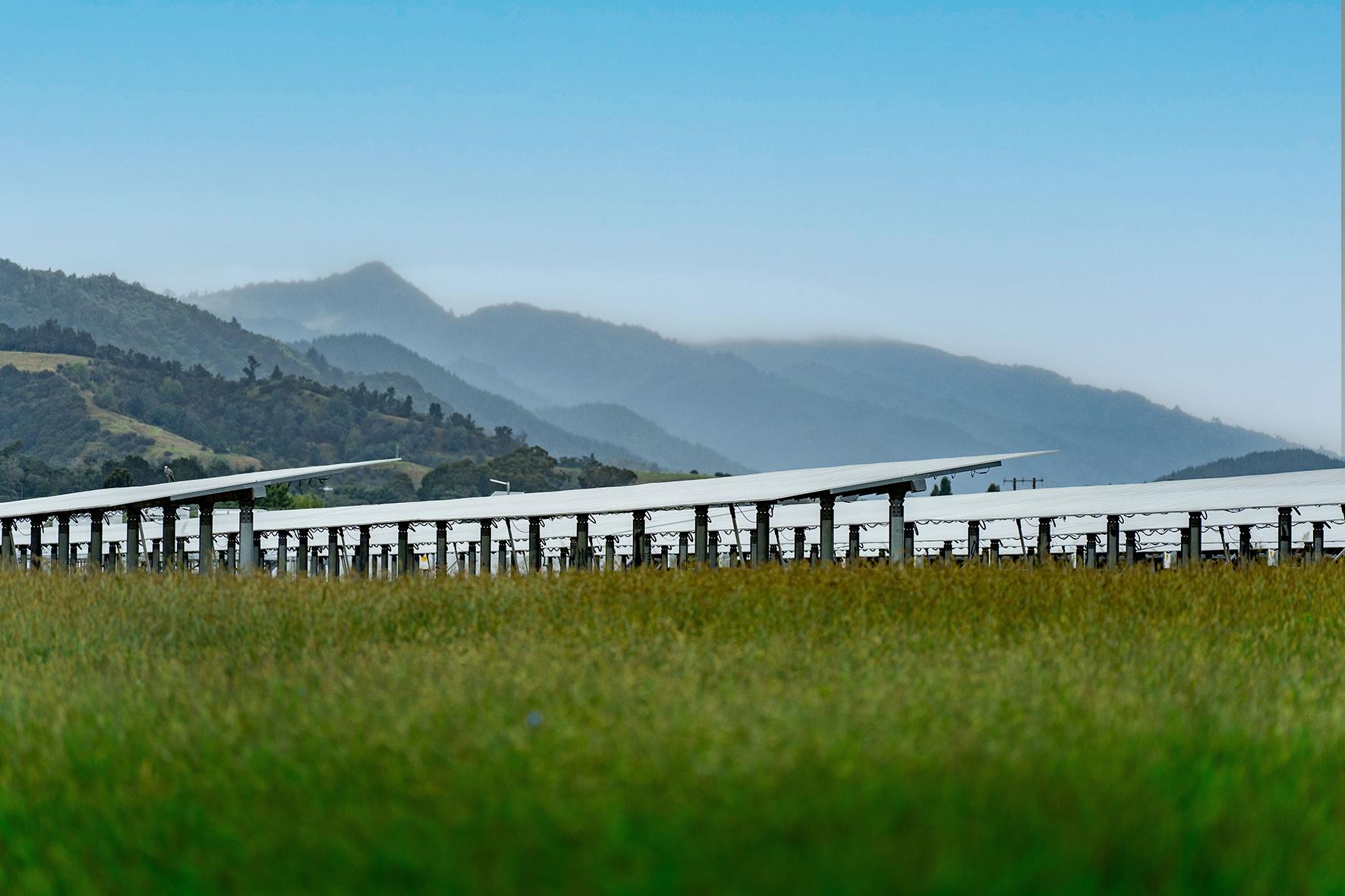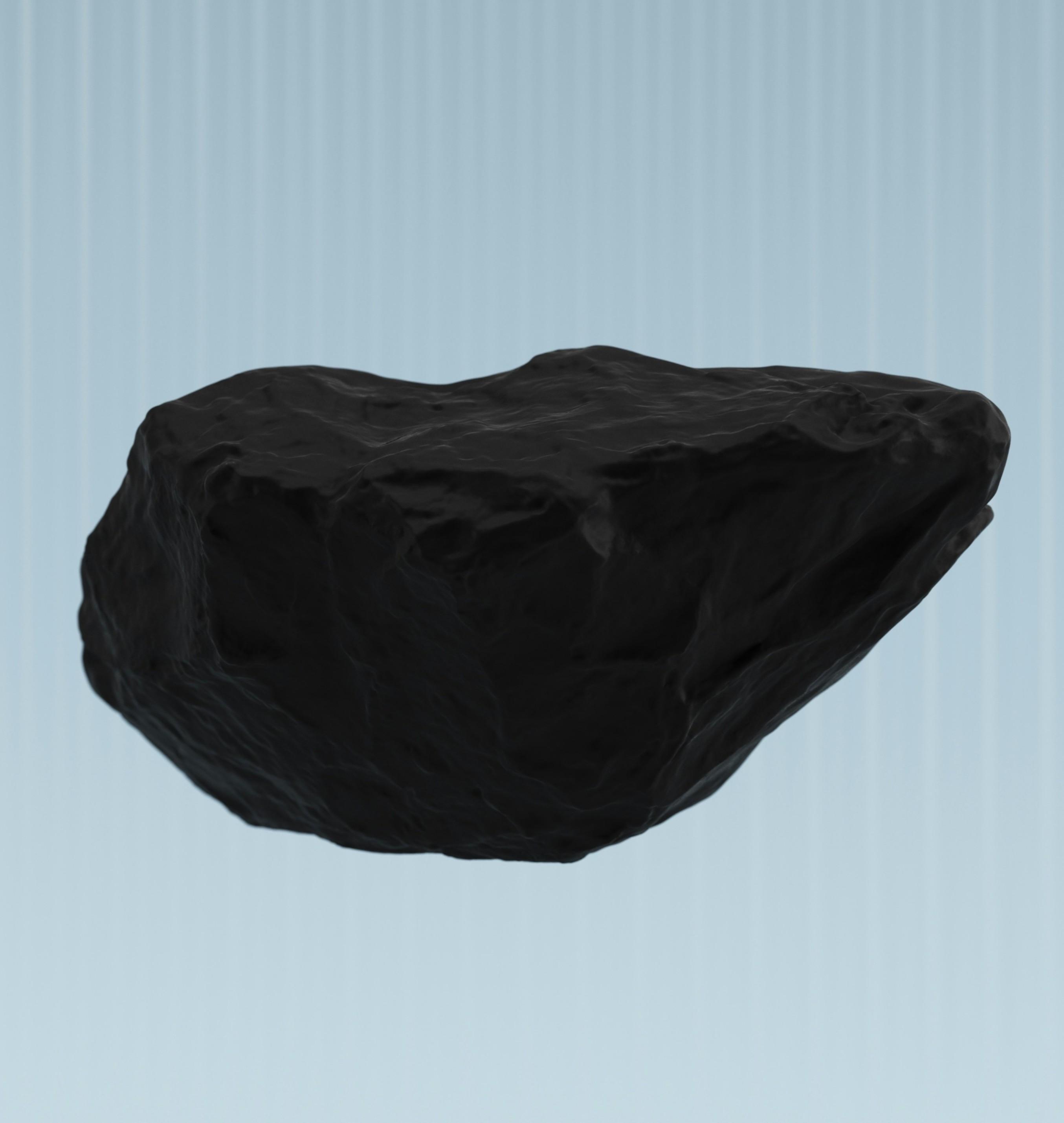Insights
Investing for positive impact – renewables growth
How exactly can an investment, designed to make you money, also help the planet?


"Lodestone solar farms will play a vital role in helping Aotearoa meet growing energy demands, especially as we work towards our net-zero emissions targets" David Lewis, CIO
Think about it this way: investing is the how, but you can have more than one why. For example, you invest to grow your wealth, but you might also want to help reduce carbon emissions or divert capital away from animal testing and into alternative methods.
If you’re passionate about supporting sustainable ecology alongside personal wealth creation, then your first move might be to avoid investing in industries that harm the environment. This means avoiding specific companies or industries that do more damage than good when it comes to things like carbon emissions, fossil fuel extraction, farming or old-growth forest destruction.
You may be surprised to learn that Mindful Money analysis (March 2025) showed that over $4.9 billion of KiwiSaver money and $5.3 billion of other NZ retail investment funds invested in companies involved in fossil fuel extraction, production and use for electricity generation.
But to really help the planet, our money needs to be invested in ‘good’. Investing in companies with climate positive goals allows us (and them), to expand our positive impact. There are some great companies operating locally, delivering impact and supporting Kiwi’s and communities as they do it.
Pathfinder allocates a small part of our investments towards companies not listed on the stock exchange that we believe are in line with our positive investing themes. Let’s take a closer look at one local company who has made significant progress since we invested.
Lodestone Energy
Lodestone Energy is delivering renewable solar energy at pace. Their mission is to harness the sun’s energy to power Aotearoa’s zero-carbon future. A future where our electricity generation will need to double by 2050 according to Transpower’s Whakamana i Te Mauri Hiko paper that examines potential future scenarios that may impact Aotearoa’s energy future.
Lodestone is currently building solar panel ‘farms’ in various sunny locations around New Zealand with a vision to ensure New Zealand has a ‘solar farm in every community’. And that is just the start of it. Lodestone is 98% New Zealand owned and operated, they are employing Kiwi’s in some remote areas and their kaupapa is to be dedicated partners and collaborators with community within the regions they operate in. They currently have three farms operating, two under construction, five more consented and more in planning nationwide.
A positive investment
Pathfinder initially invested in mid-2021 and again in 2025 as our investment team see Lodestone as a high-quality solar farm developer and the economics for solar farms continue to look attractive for solar development in Aotearoa.
The early investment allowed Lodestone to begin construction on its first grid-scale solar farm - the first of its kind in New Zealand - in Kaitaia in 2022. The 56GWh farm contains 61,000 solar panels producing enough electricity to power 7,800 households. This farm, and the two more that have been built since, are more than just a power station – they have been designed to support continued agricultural activities around the solar infrastructure. An agrivoltaic approach[1] allows the land to continue to be productive, with over 85% of baseline farming yield expected when the solar farm is operational.
With only the tracking system moving, solar farms have little or no audible impact on neighbours and will have a negligible impact on the surrounding environment. Solar energy production uses no water, creates no pollution, makes virtually no noise, releases zero emissions and sequesters the sun's heat. Trees are planted around the farms borders to negate their visual impact. Additionally, in anticipation of being able to use the farms to meet future peak demand they have incorporated the infrastructure for battery storage on each site.
In 2023 Lodestone announced that had signed a long-term agreement with The Warehouse Group that will see over 260 Warehouse-owned sites backed by Lodestone's solar power. Sites for the Group include The Warehouse, Warehouse Stationery and Noel Leeming stores as well as the Groups distribution centres and support offices.
“We’ll gradually transition our Aotearoa New Zealand sites to Lodestone Energy solar farms, and by the end of 2026, we anticipate we’ll have eliminated close to 100 per cent of all our New Zealand electricity emissions. This will avoid around 5300 tonnes of CO2 emissions a year.” The Warehouse Group Chief Executive Nick Grayston
What happens at the end of a sun powered life?
Lodestone use premium bi-facial panels - the dual-facing panels are largely powered by the sun facing surface, but they also absorb light reflected from the ground which is beneficial for sequestering heat. The panels are designed to last a minimum of 35 years and remain operating at almost 80% of their original efficiency even at the end of that period.
After that, the panels will either be upcycled for a second life - or recycled (See more at FAQs and Policies – Lodestone Energy).
So, what does this mean to investors?
Positively tilting our portfolio towards investments with positive ESG characteristics such as lower-than-average emissions, climate friendly technology or transition plans allows our funds to have less than half the average carbon footprint of other portfolios and we believe, long-term they make good investments when it comes to returns too.
“Lodestone is a great example of a Kiwi company leading the way towards a better future” says David Lewis, Chief Investment Officer. “Their solar farms will play a vital role in helping Aotearoa meet growing energy demands, especially as we work towards our net-zero emissions targets. The company recently announced plans to supply 3-5% of the national grid - this will make them a key contributor to the country’s clean energy transition, and it strengthens the company as a compelling long-term investment opportunity.”
If you’re invested in the Pathfinder KiwiSaver Conservative, Balanced or Growth Fund, or in the Pathfinder Ethical Growth Fund you’re invested in Lodestone and are personally helping them provide a renewable energy source to New Zealand homes. You are investing in a better and brighter future for us all.
Research & articles of interest:
Agrivoltaics: What is it and how does it work? – N-Sci Technologies (nsci.ca) Agrivoltaics involves combining crops with photovoltaic panels, installed with enough height to allow farm machinery to pass underneath. The challenge is to generate crops and energy simultaneously and without conflict
Lodestone - Eastland's New Solar Power Projects
Photo sources:
1) Edgecumbe - Rangitaiki, Lodestone Energy
2) Kaitaia solar farm, Lodestone Energy
---
Information contained in this article is either available in the public domain or approved for sharing by Lodestone Energy. Pathfinder Asset Management Limited is the issuer of the Pathfinder KiwiSaver Plan and Pathfinder Investment Funds. Product Disclosure Statements for these offers are available at pathfinder.kiwi. Learn more about how we invest ethically by reading our Ethical Investment Policy & Exceptions Register on our website.


